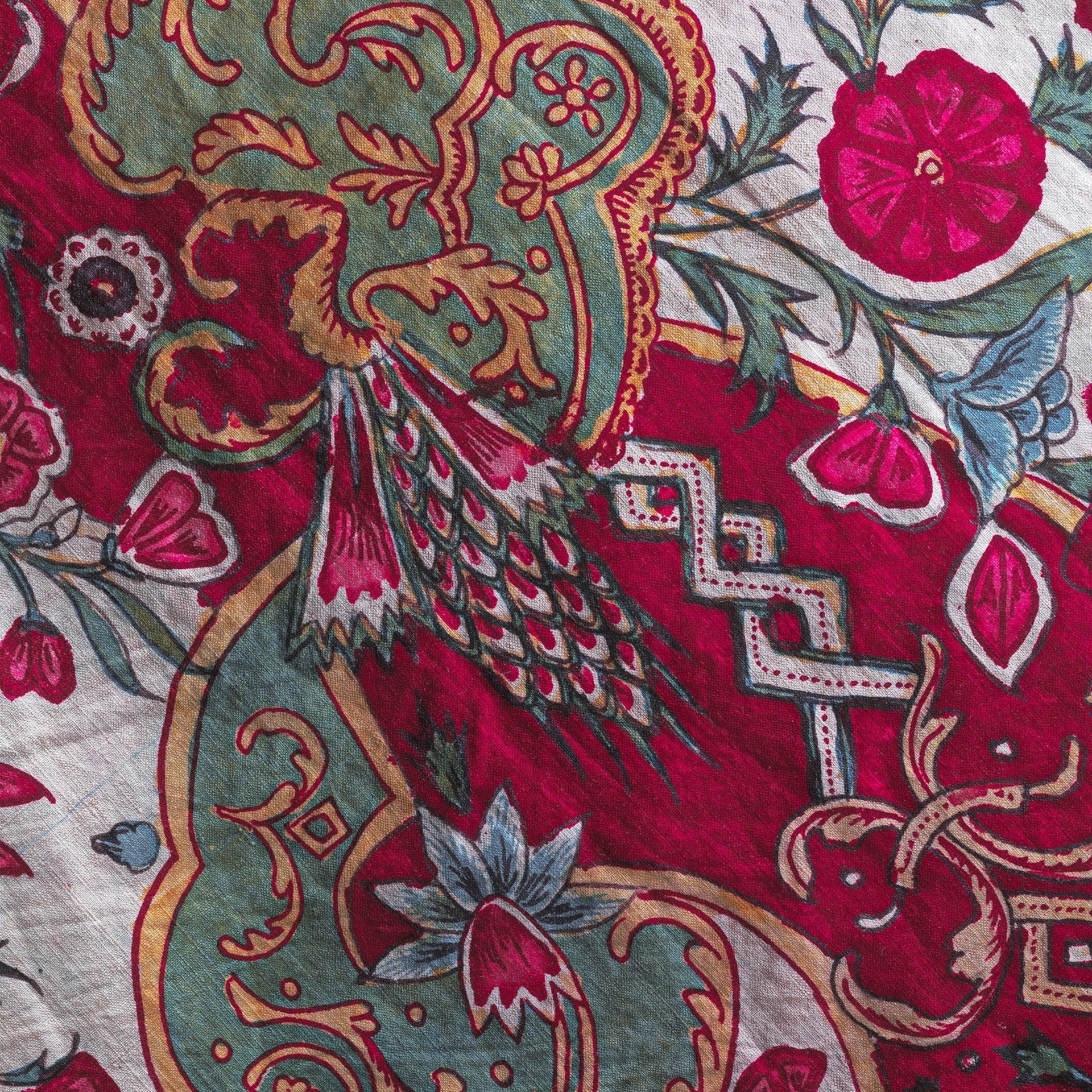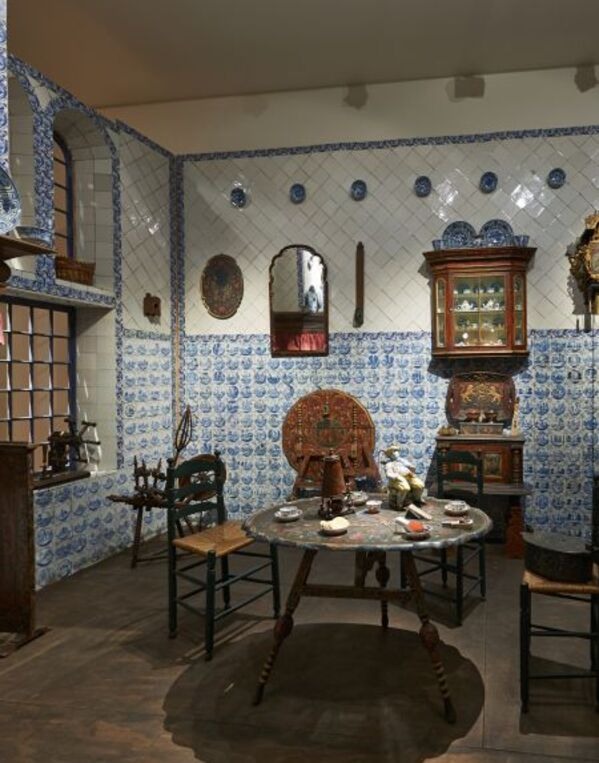hindeloopen
a frisian town
The stubborn Frisian town of Hindeloopen used to be a real metropolis. However, Friesland was less appealing to the inhabitants of this town than the rest of the world. On their trading trips Hinderloopers brought Dutch furniture from Amsterdam, fabrics from India and porcelain from China. This created a typical Hindelooper style that combined authentic Dutch and exotic elements.
In the 17th and 18th centuries the Hindelooper sea captains retuned home with goods from all over the world. Through these many influences Hindeloopen looked very different from the rest of Friesland. Women wore colourful fabrics from India, Asian porcelain decorated living rooms, and richly decorated wooden furniture was widely used.




